
Merely five years ago, the idea of a foldable smartphone was still one that was unbelievable to most people. But, now, we’re seeing the concept suffer from boring iteration, and that’s coming from the same brand that kickstarted the entire form factor. Samsung has lost its foldable ambition, and it’s now just putting a damper on the exciting category.
Back in 2019, Samsung launched the first Galaxy Fold. It was the first major brand to take a big risk in launching what was, at the time, a smartphone on the bleeding edge. And, for a while, Samsung continued to lead the category with that headstart. The Galaxy Z Fold 2 pushed the form factor into the general design we expect today, and the Galaxy Z Fold 3 ushered in better durability through the addition of water resistance. And, alongside those devices, Samsung also quickly delivered a second form factor in the Galaxy Z Flip which rapidly exploded in popularity.
Truly, Samsung was doing innovative things, and the company loves to reference that today.
But things have changed dramatically.
Since the Galaxy Z Fold 3 and Flip 3 generation, Samsung’s foldables have rapidly reached a point of stagnation. Looking firstly at the book-syle Fold series, it’s plain and simple to see that the Fold 4 and Fold 5 were both incredibly iterative updates. They had the same design, virtually the same specs, and no significant changes. The Galaxy Z Fold 6 finally breaks that, a bit, but it’s still not really all that different. For example, the battery capacity hasn’t changed at all since the Galaxy Z Fold 2.
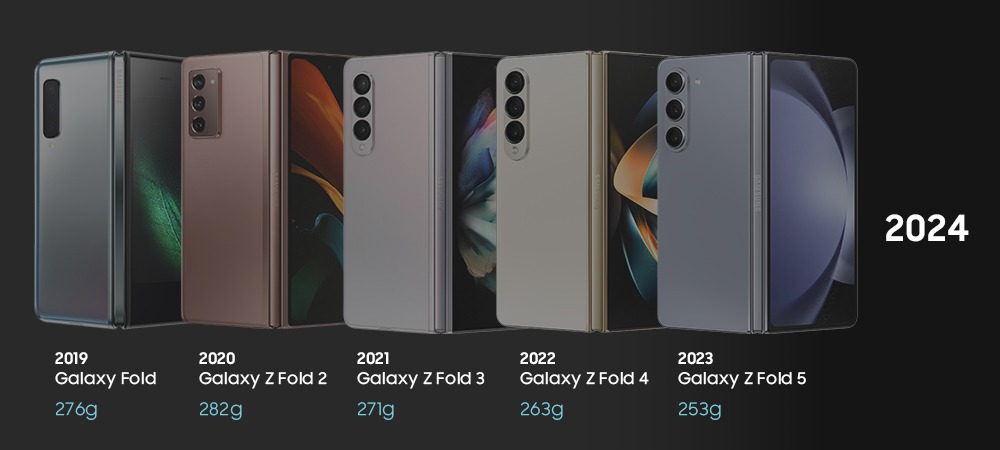
On Flip side, Samsung’s Galaxy Z Flip 4 was an iterative, but meaningful update over its predecessor, while the Galaxy Z Flip 5 delivered the needed overhaul of a bigger and more useful cover display. Flip 6, though, is an incredibly iterative device that is impressively similar to its predecessor.
In a bubble, what Samsung is doing could be called steady progress. However, the problem is that Samsung does not exist in a bubble, and the world around the company’s foldables is moving quickly.
With book-style devices, we’ve seen everything from bigger and wider cover displays, thinner designs, and better cameras. Look no further than the Honor Magic V3, which just launched in China this week. The foldable is just 9.2mm thick, almost 3mm thinner than Samsung’s latest generation, and still packs better cameras, bigger displays, and a battery that’s almost 1,000 mAh larger than the Galaxy Z Fold 6. Equally wild is the OnePlus Open, a foldable that came out around this time last year, which is thinner, has a bigger battery, and has way better cameras than Samsung’s Fold 6, all for $200 (or more) less.
It all feels like Samsung decided a few years ago that it was content to rest on its early success, assuming no one else would catch up for a while. But that’s not what happened. Samsung’s foldables have been matched and beaten by nearly everyone else making foldables. Even Google’s Pixel Fold is, in many ways, a more impressive device, even though it has some big potential deal-breakers as we brought out in our review last year.
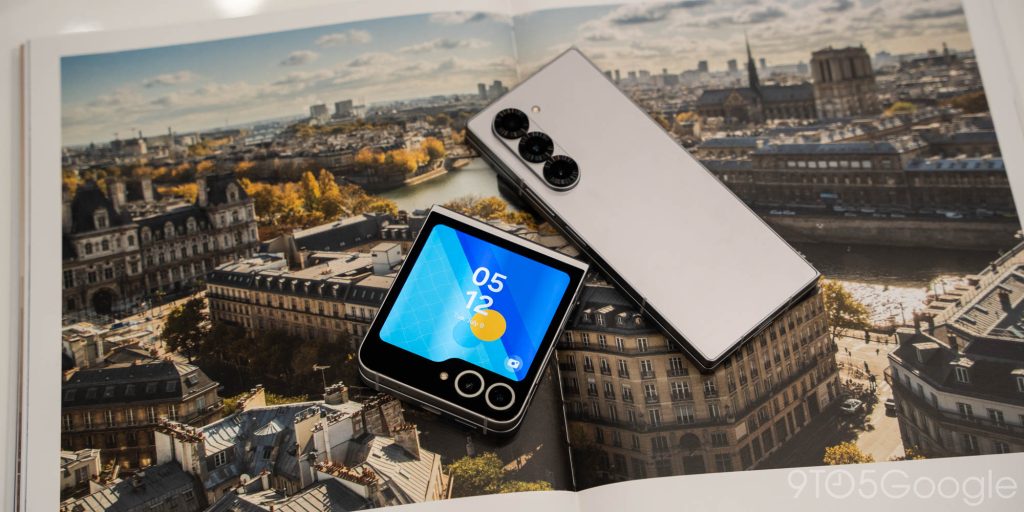
That’s the problem Samsung faces, and I’m not sure the company wants to admit it.
Ahead of the Galaxy Z Fold 6 and Flip 6 launch this week, I was in a media briefing where Samsung said that the majority of people buying its foldables are users who upgraded from previous generations. In essence, Samsung just isn’t getting all that many new buyers. When asked what it is doing about that, Samsung said it is working on retail experiences and targeting buyers who haven’t even tried a foldable yet. That’s not a bad plan, but in aiming there, Samsung is ignoring an entire segment of the market.
The people who are buying everyone else’s foldables.
Earlier this year, it was found that Samsung is no longer the top brand in foldables, dropping from controlling 58% of the market to just 23%. That happened because a whole lot more people are buying foldables, but they’re not buying Samsung’s. They’re buying from Oppo, Honor, and most of all Huawei. Much of that is centered in China, where there are more foldables on the market, and where these brands are continually pushing what their foldables can do.
In the US, things are different. Samsung is one of four brands selling foldables widely – OnePlus, Google, and Motorola are the others. But as these other brands show potential customers what a foldable can be, Samsung’s lead will almost surely similarly deteriorate. The OnePlus Open is currently, without a doubt, the best book-style foldable in the US. And, with its latest Razr+, Motorola has stepped up the game on flip phones, and unarguably provides a better experience than the Galaxy Z Flip 6. Google might similarly impress with the “Pixel 9 Pro Fold.” Despite its terrible name, it’s shaping up to be a killer upgrade from the first generation.
Then, there’s another customer Samsung is completely ignoring.
The ones who aren’t buying at these exorbitant prices.
I don’t care who you are. A $1,900 smartphone is a purchase that incredibly hard to justify. Yet, six generations in, Samsung hasn’t done anything to make this technology more accessible. The company was apparently considering a cheaper Galaxy Z Fold 6 at one point, but “reconsidered” the decision. Despite having the scale, Samsung just seems uninterested in offering a more affordable option. Meanwhile, Motorola sells a $699 Razr flip phone, and the OnePlus Open is sold from $1,499 with a continuous $200 trade-in discount.
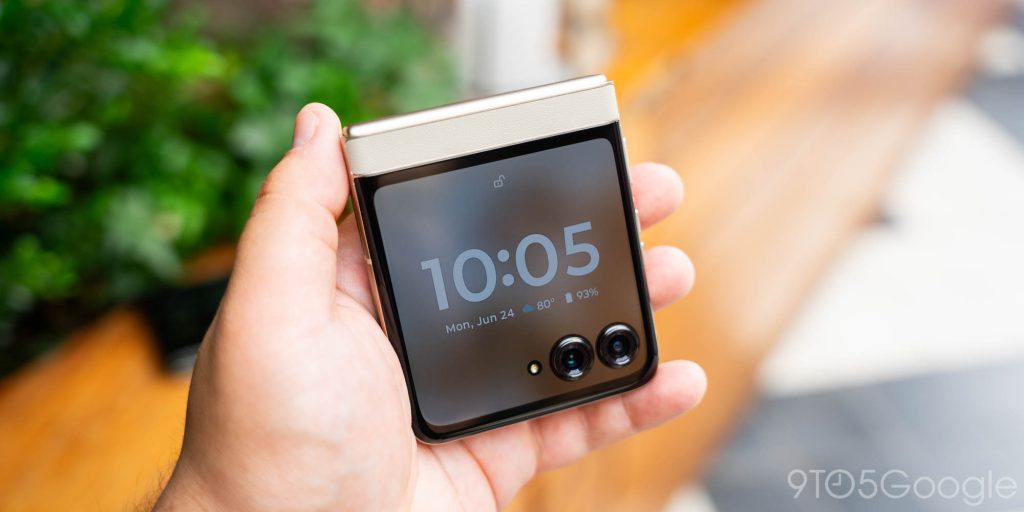
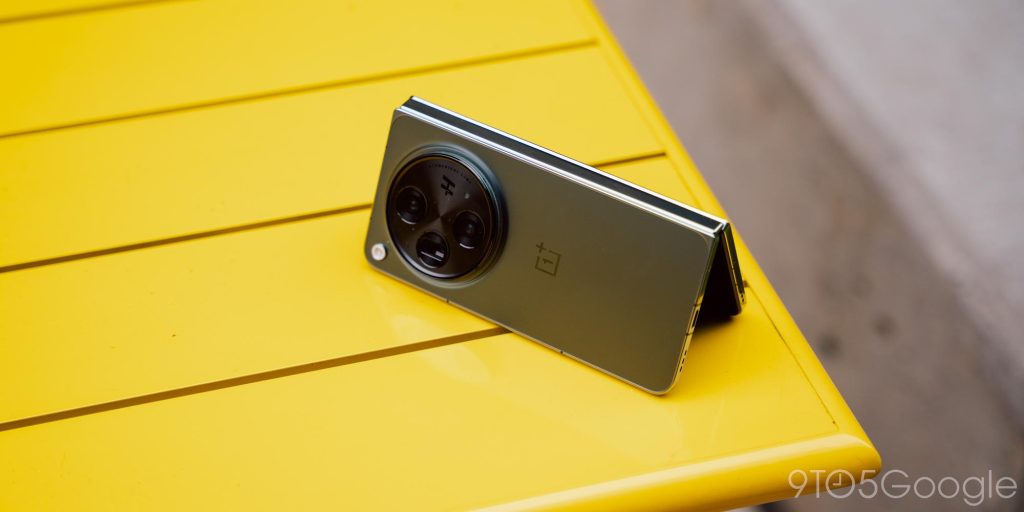
If they can do it, why can’t Samsung?
Simply put, Samsung can’t keep this up.
It’s not only disheartening to see the company that was ambitious enough to bring the first foldables to market act this way, it’s borderline insulting to customers. Asking the same continually-high (and now growing) prices for devices that increasingly worse than the competition is bold, and customers are not ignorant about it.
And I say all of this as a Galaxy Z Fold buyer myself. Just this week I traded in my Galaxy Z Fold 4 for a Galaxy Z Fold 6. That’s not because I think the Fold 6 is the best foldable on the market, though. I continue to use this series effectively because, in the US, I think it’s the “safe” option. Google’s Pixel Fold and the OnePlus Open are both far more appealing to me, but they don’t have the same easy insurance options as Samsung, and insurance is something I think is a firm requirement on a foldable still – in fact, I just used it a few weeks ago when my Fold 4’s display spontaneously broke. Further, I can upgrade my Fold every couple of years through Samsung without spending an arm and a leg. Samsung’s high trade-in rates meant that my upgrade to a Galaxy Z Fold 6 was just over $800 – $1,000 off for my Galaxy Z Fold 4, and $50 more from the company’s reserve campaign (you can get $100 off ordering through our links). While Samsung’s devices are unarguably not a good value anymore, the company has absolutely nailed it when it comes to making upgrades compelling. That’s probably why so many of the people buying Samsung’s new foldables are existing Fold and Flip owners.
Putting it all together, I think Samsung deserves to have lost its title as the top foldable maker. That crown should belong to someone else, someone who is actually pushing things forward. I’m not sure Huawei, the current top player in the market, is necessarily the right fit, but it will be interesting to see how the coming months go with more releases on the way.
Truly, I hope this all turns around. Samsung has so much experience with foldables that I do want to see things get better. And it sounds like the company is at least toying with that. A Galaxy Z Fold 6 “Ultra” is very clearly in consideration, but it’s incredibly telling that Samsung can’t make up its mind on releasing it. It should be a simple decision. The market is advancing past Samsung’s existing models but Samsung just seems content will tweaking the same formula over and over again.
Top comment by Arthur
Places like the US where they are the clear volume seller of foldables, Samsung knows it has very little to worry about and is mostly depending on their brand recognition and market status to continue retaining the number 1 position. Even if the Pixel Fold successor is a smash hit by Google's numbers, those numbers will likely still pale in comparison to the Fold 6 numbers. The other two competitors I'm not even mentioning is cause Motorola doesn't make a book style foldable and OnePlus doesn't sell at US carriers or have a normal distribution channel in the US or a relationship with leading repair shops like Ubreak, as far as I know. So that leaves Google as Samsung's main realistic competition and so far with slab phones, Pixels haven't been putting any dents in the Galaxy S phones sales in the Tensor era and I don't see that picture being much different with the Pixel 9 phones.
Maybe someday we’ll see Samsung’s foldable ambition return, but if this week made anything clear, it’s that we’re still going to be waiting a while longer.
The Galaxy Z Fold 6 and Flip 6 are available for pre-order now with up to $1,200 in trade-in value, doubled storage for free, and other perks. You can also get up to $150 more offer with our link to the Galaxy Z Fold 6 at Samsung.com.
Samsung starts shipping its new foldables as well as Galaxy Ring, Galaxy Buds 3 (and Buds 3 Pro), Galaxy Watch 7, and Galaxy Watch Ultra on July 24.
More on Samsung:
- Hands-on: Galaxy Z Fold 6 is meant for upgraders, no one else
- Who is the Galaxy Watch Ultra actually for?
- A Galaxy far, far away: Is Samsung losing its brand identity? [Poll]
Follow Ben: Twitter/X, Threads, Bluesky, and Instagram
FTC: We use income earning auto affiliate links. More.
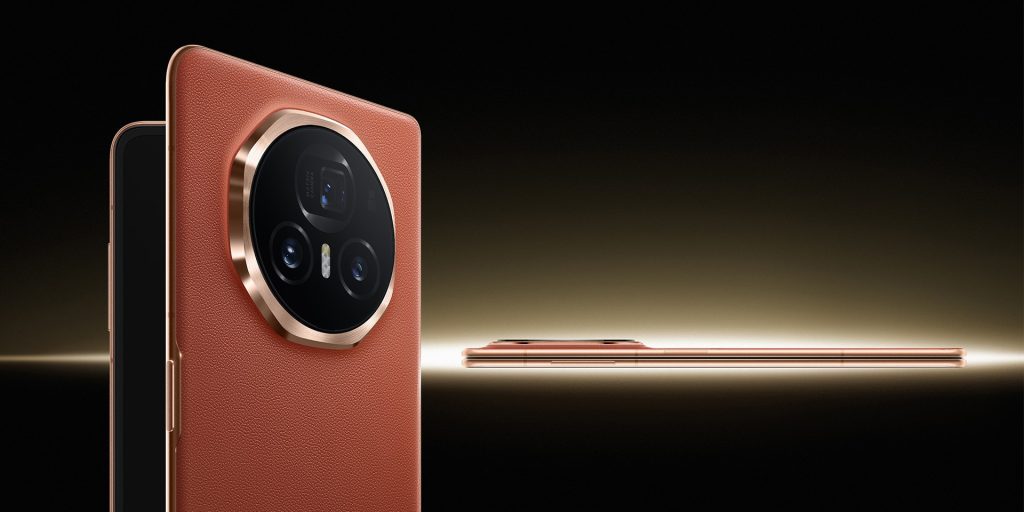

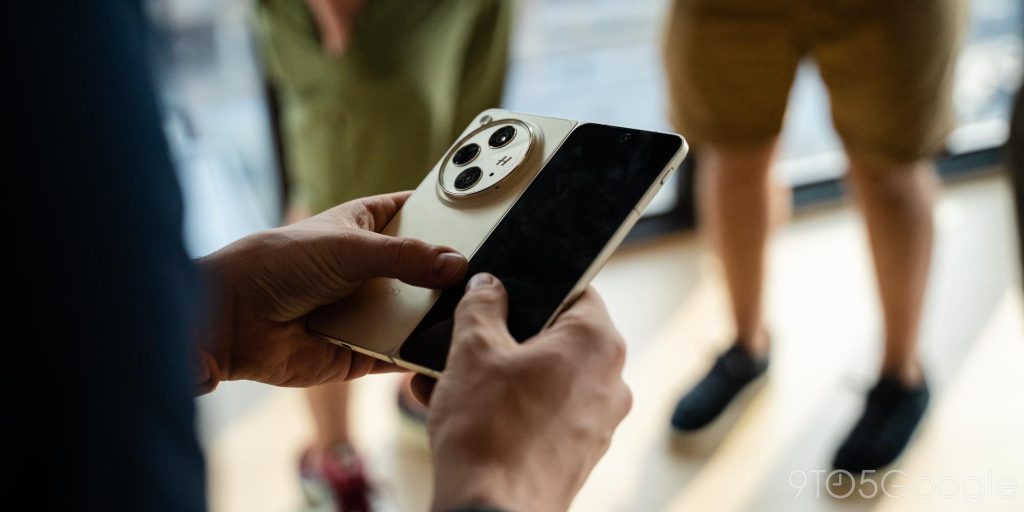




Comments